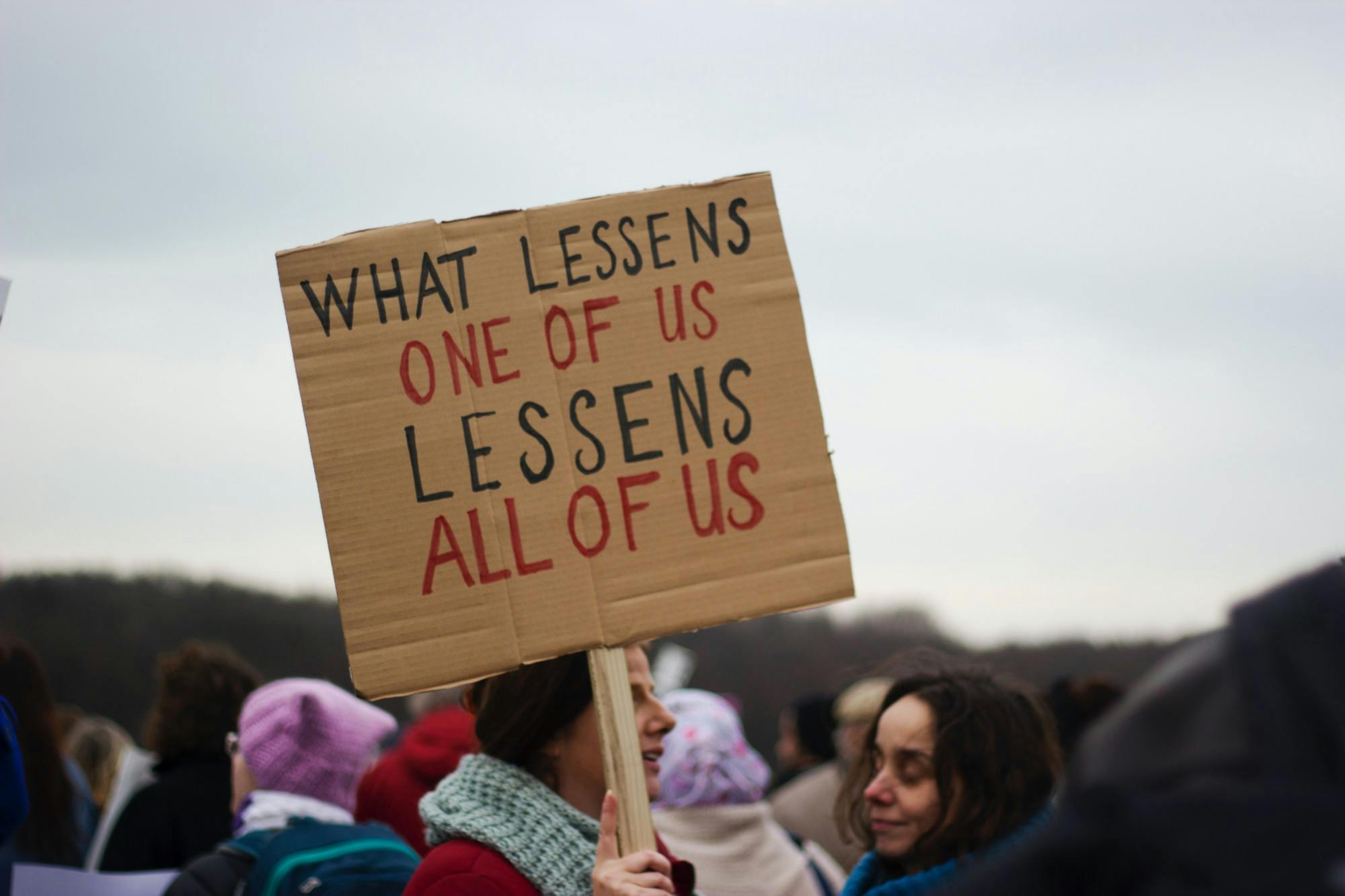It is hard to believe that only two months ago, we observed International Women’s Day (IWD), a day to recognize women who have championed for their rights, including the fight for equal pay. COVID-19 has disrupted not only our personal lives but also business as usual for organizations across the globe. It is more important than ever for business leaders and HR professionals to remain agile to manage change. This includes continuing to fight for equality in uncertain times. While International Women’s Day celebrates all of the brave women of yesterday and today, it is also a call to action and a reminder of how much work remains in the path to equality. It is critical to reflect and appreciate the value of one another and fight for what is right in this country.
This year’s IWD campaign theme, Each for Equal, was built on the idea that individual actions can collectively create a gender-equal world. Many organizations took on this challenge in how they honored International Women’s Day. For example, Kellogg announced a commitment to reaching 50/50 gender parity by the end of 2025. Apple promoted International Women’s Day by launching Today at Apple sessions titled “She Creates” to highlight inspiring female creators. These household names provide an important reminder that we must continue to face gender-related issues and address them head-on.
While the celebration of International Women’s Day has come and gone for this year, organizations cannot pause in pushing forward the momentum in the pursuit for equality. To continue to move the needle forward, it is key to understand the public perception of these issues. So, what gender-related issues are top of mind for Americans today?
The gender pay gap matters, still
A recent survey we did shines a light on that very question. In the survey of 1,000 American adults who were asked which gender-related issues they care most about this year, the majority of those who identified an issue (19%) answered they are most concerned with eliminating the gender pay gap. Not surprisingly, women (24%) were almost twice as likely as men (13%) to rank the issue of the gender pay gap as the most important issue related to gender today. Perhaps more interesting in the survey was that Baby Boomers (27%) cared more about eliminating the pay gap than other age groups, like Millennials (18%) and Gen Zs (15%). When looking at how much men and women earn at every age, the survey data aligns with the pay gap that each generation faces. When Gen Zs and Millennials begin their careers, their earnings are not far apart; however, by the time a worker reaches age 37, the gender pay gap begins to widen. By the end of their careers, the gap is significant, which could explain why Boomers are more concerned with closing the gender pay gap than Gen Zs and Millennials.
The results of this recent survey complement a previous 2019 survey, which found that 73% of enterprise workers are aware of a gender pay gap. While people are aware of the gender pay gap and support pay equality efforts, it is still less clear if they are confident in the actions their employers take to address this gap and achieve pay equity. Employers taking steps to close the gender pay gap is not only important in the court of public opinion, but it is also important for the hiring, retention, and growth of businesses across the globe. More than three in five (63%) of workers would be more willing to work at a company that discloses its gender pay gap figure, revealing the importance of pay equality for both attracting and retaining talent. If a company is not prepared to disclose its pay gap figures, it can offer transparency in other ways. For example, employers can share information about how an employee’s total compensation (salary, bonuses, non-cash rewards, etc.) directly correlates to their job experience and performance.
A reminder to business leaders
To address inequality, business leaders must focus on improving the fundamental issues that prevent women from reaching their full potential. In the case of fair pay, we must eliminate bias (conscious and unconscious) towards an employee’s gender from the compensation equation and weigh factors that matter, like an employee’s qualifications and experience.
As we look forward to the remainder of 2020, what can you do to help forge a gender-equal world this year and beyond?
